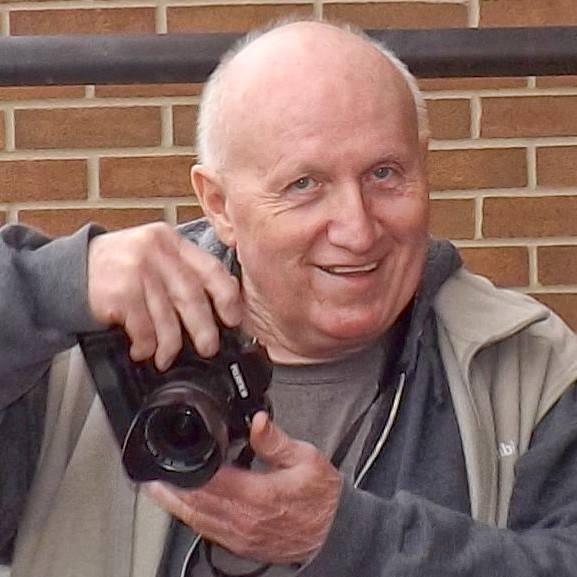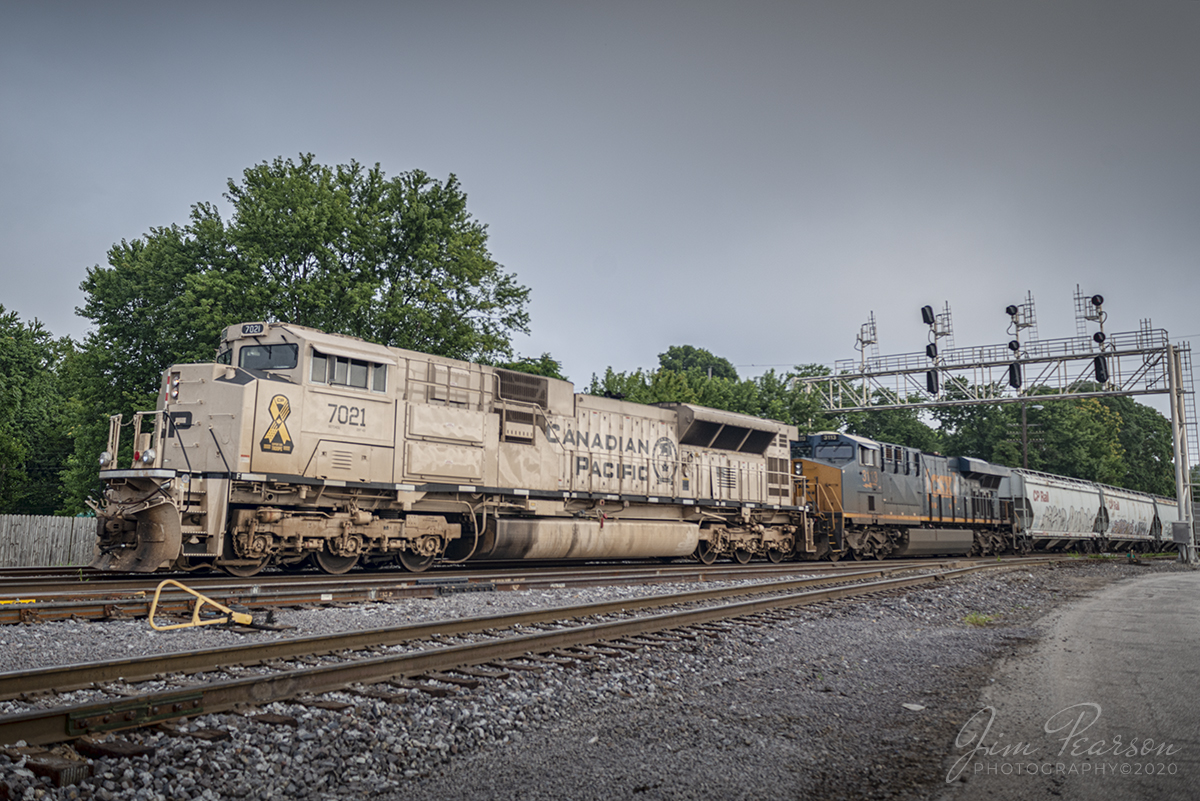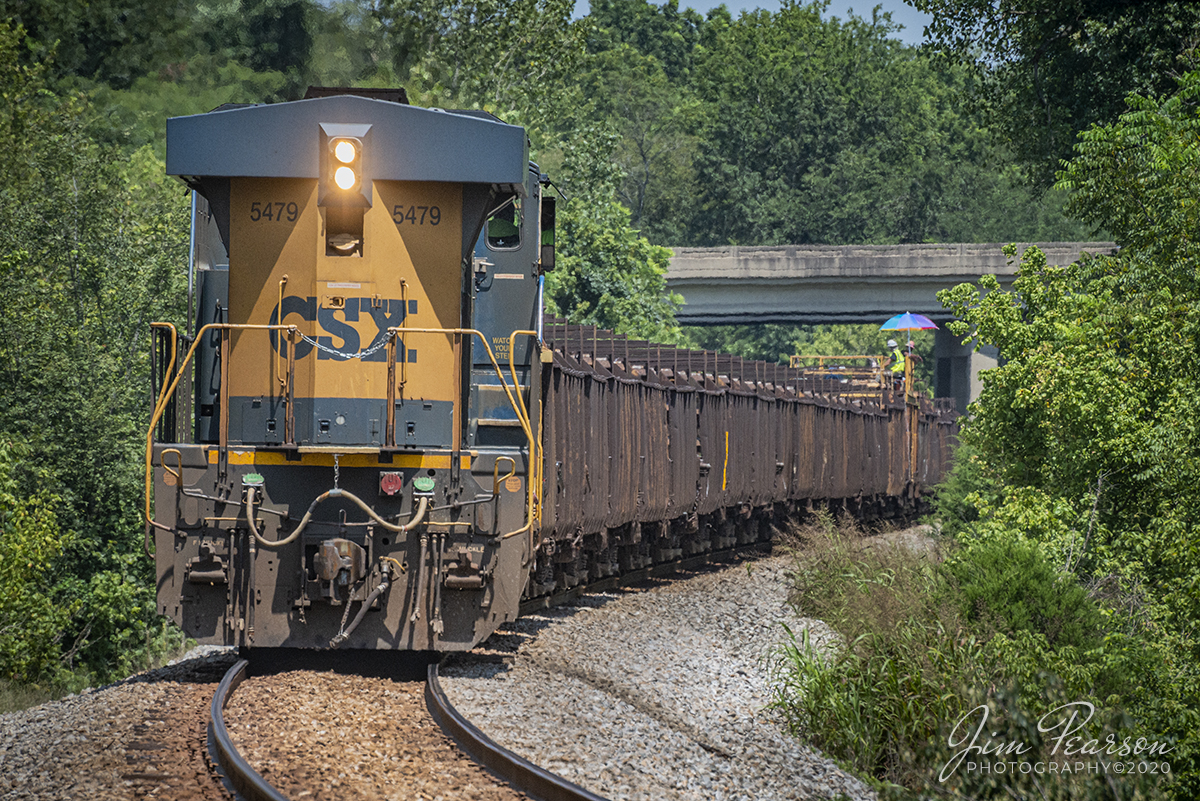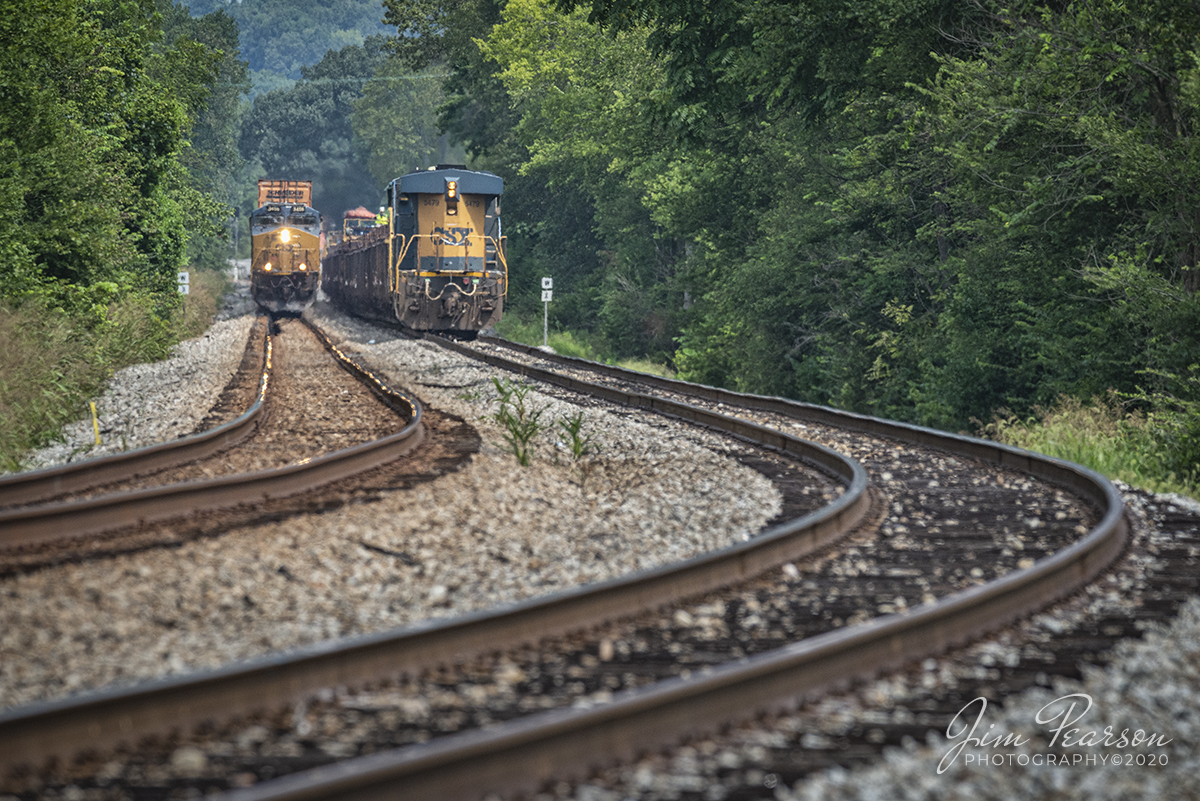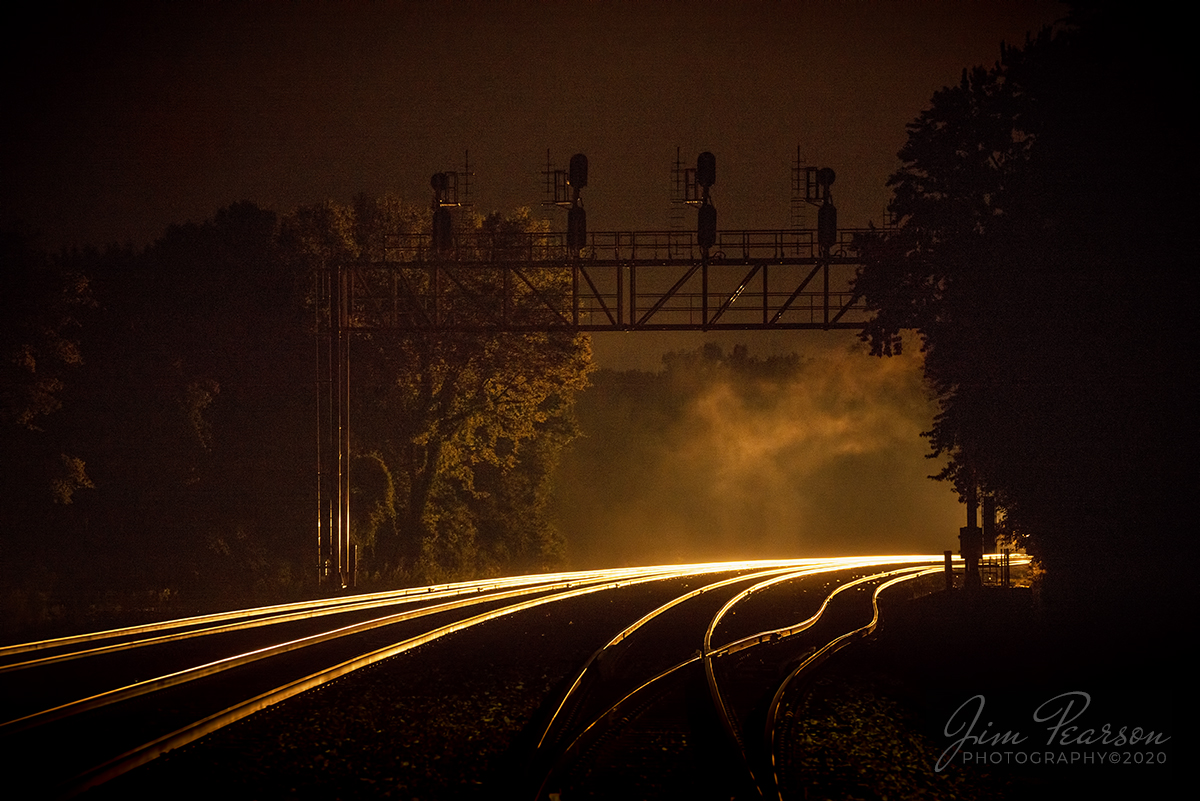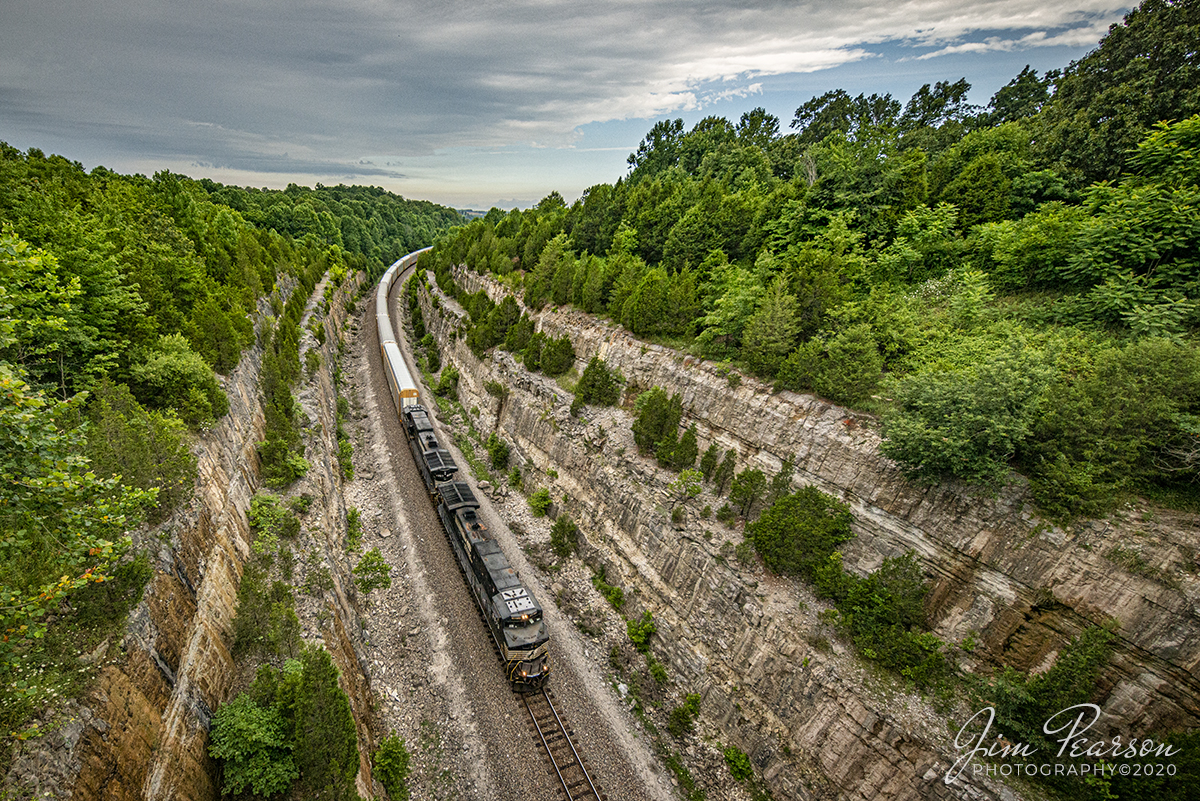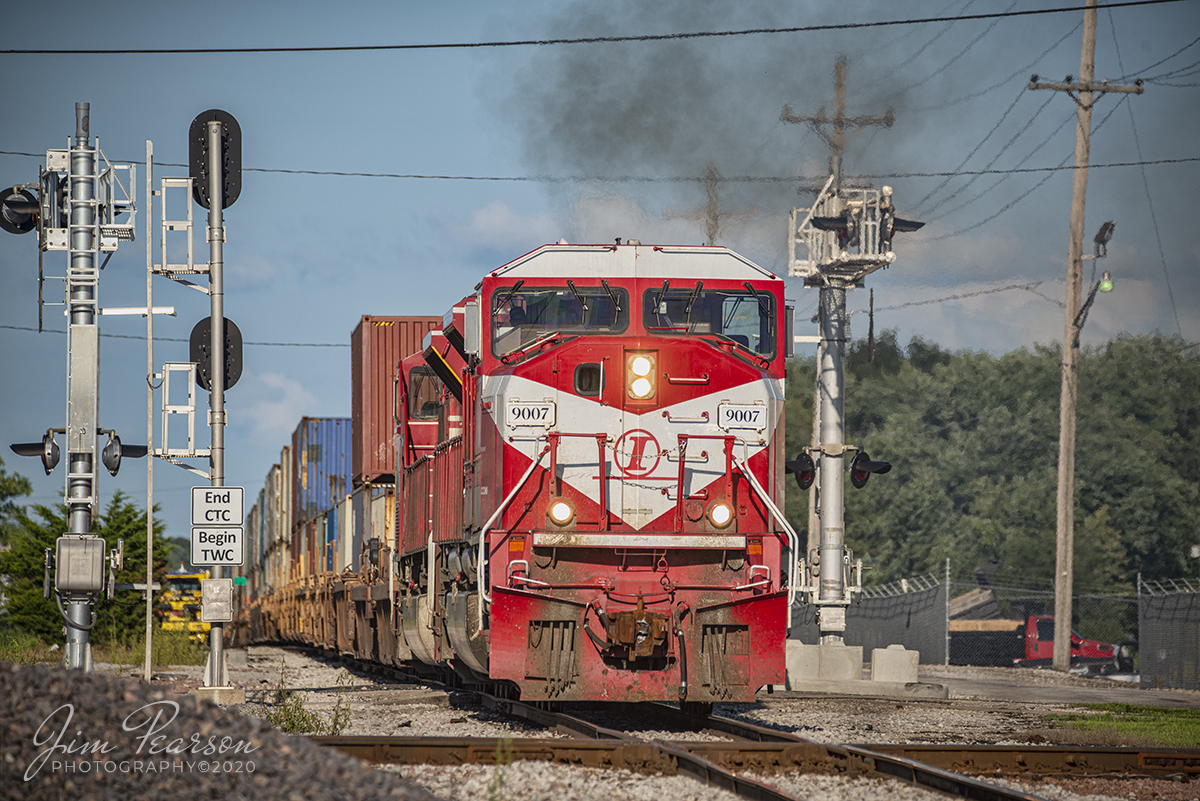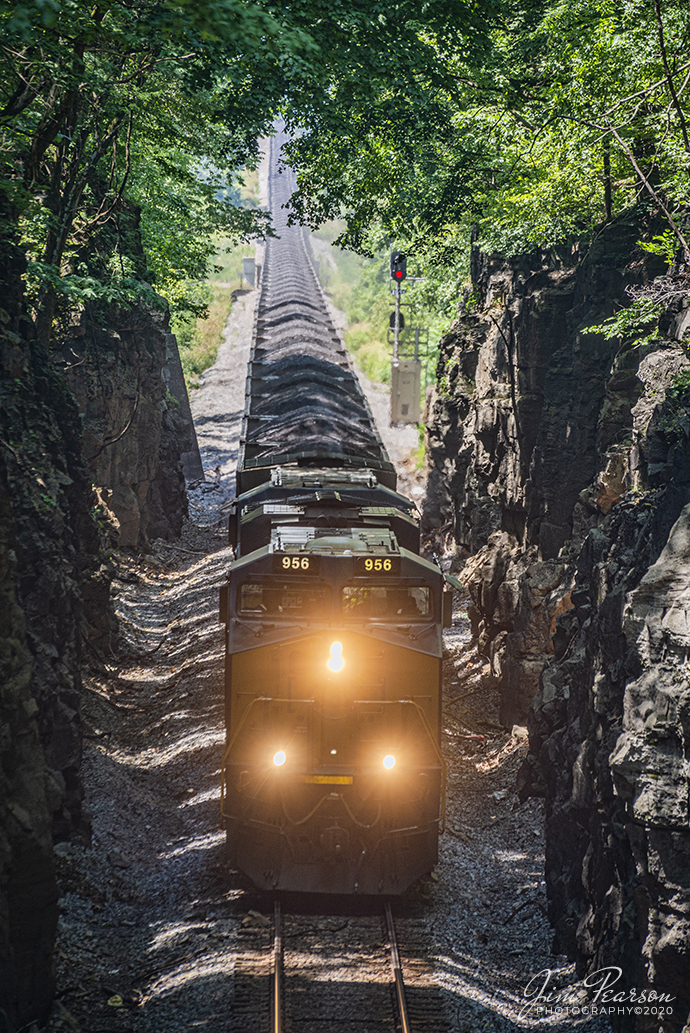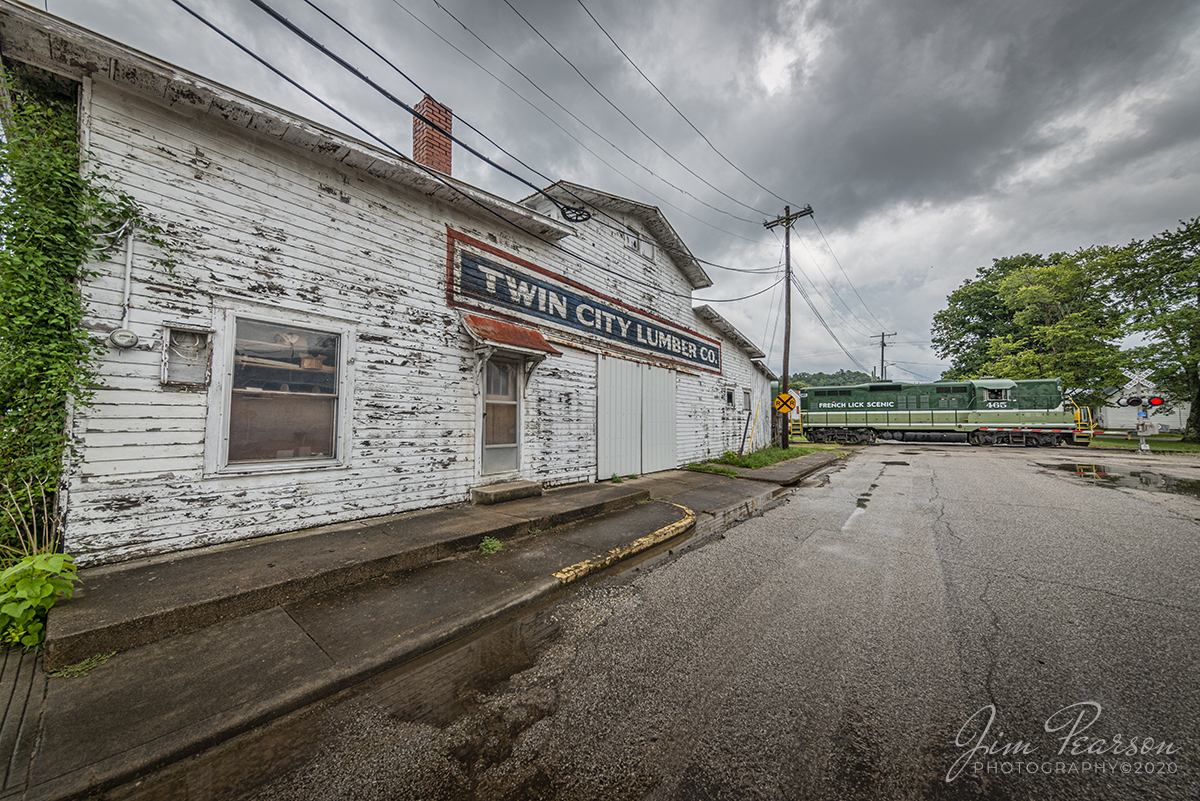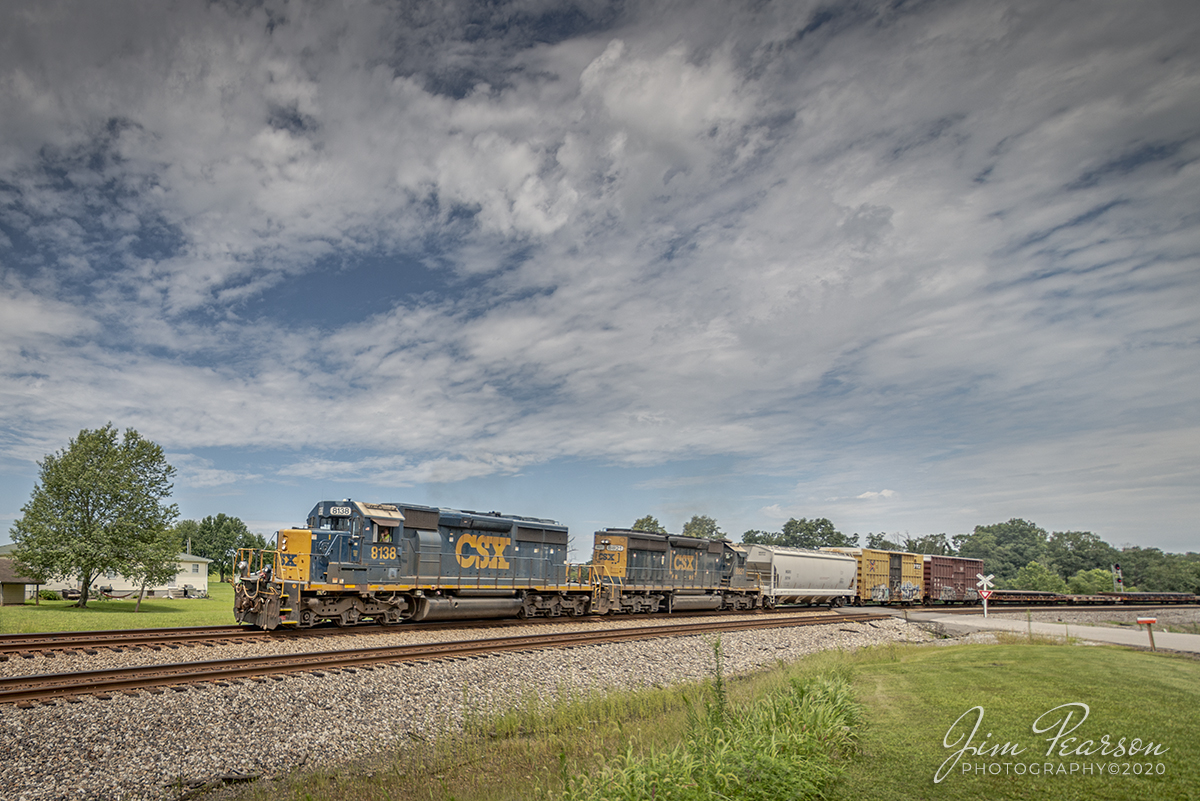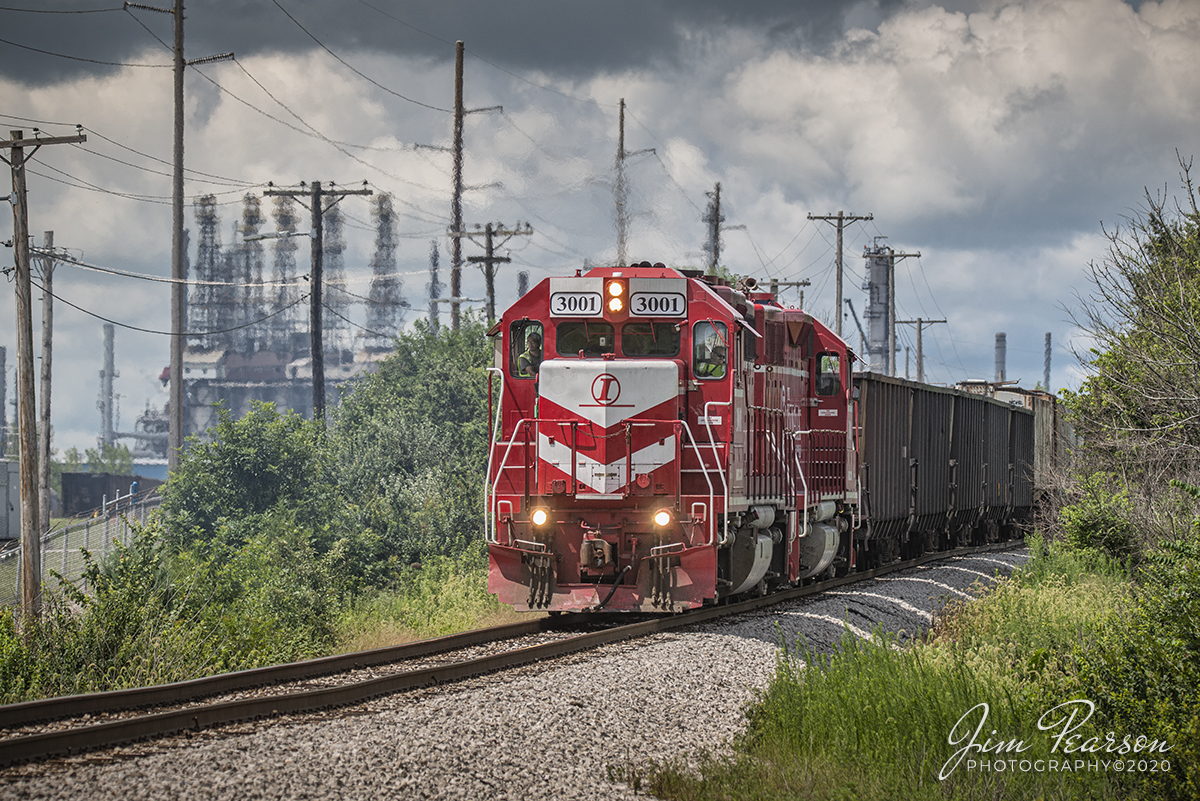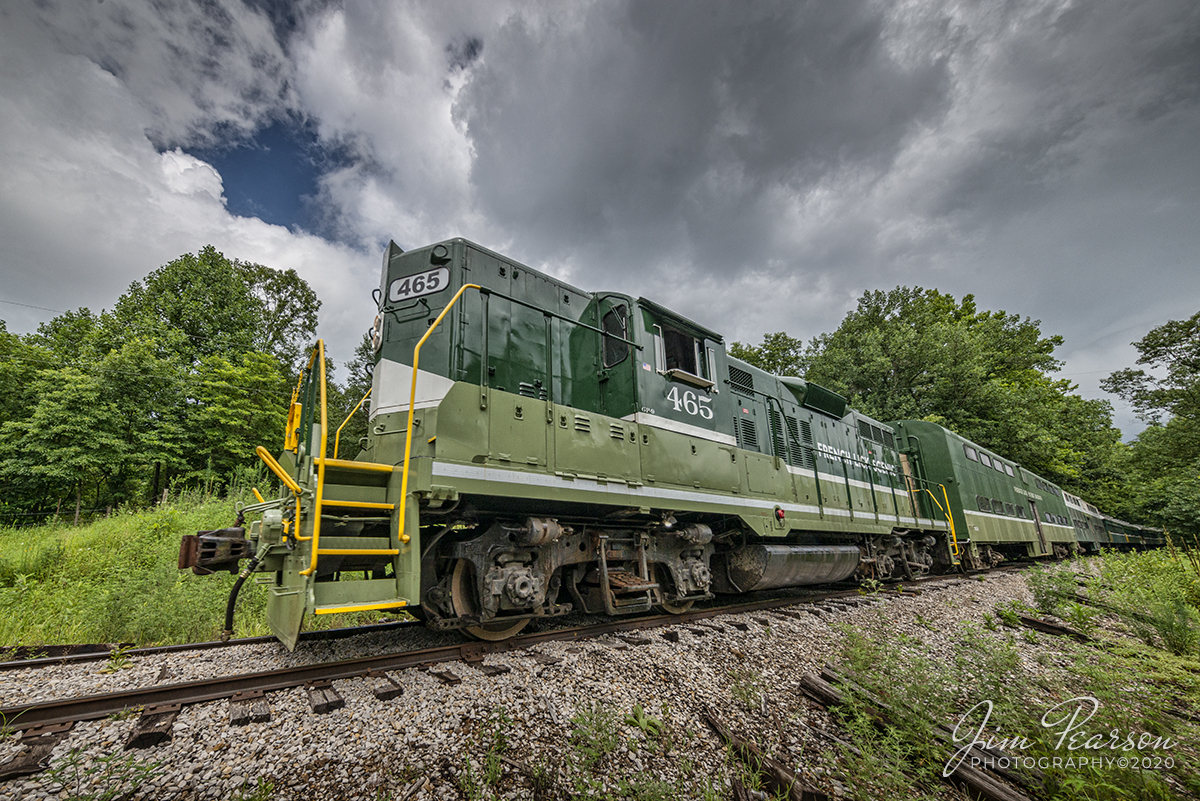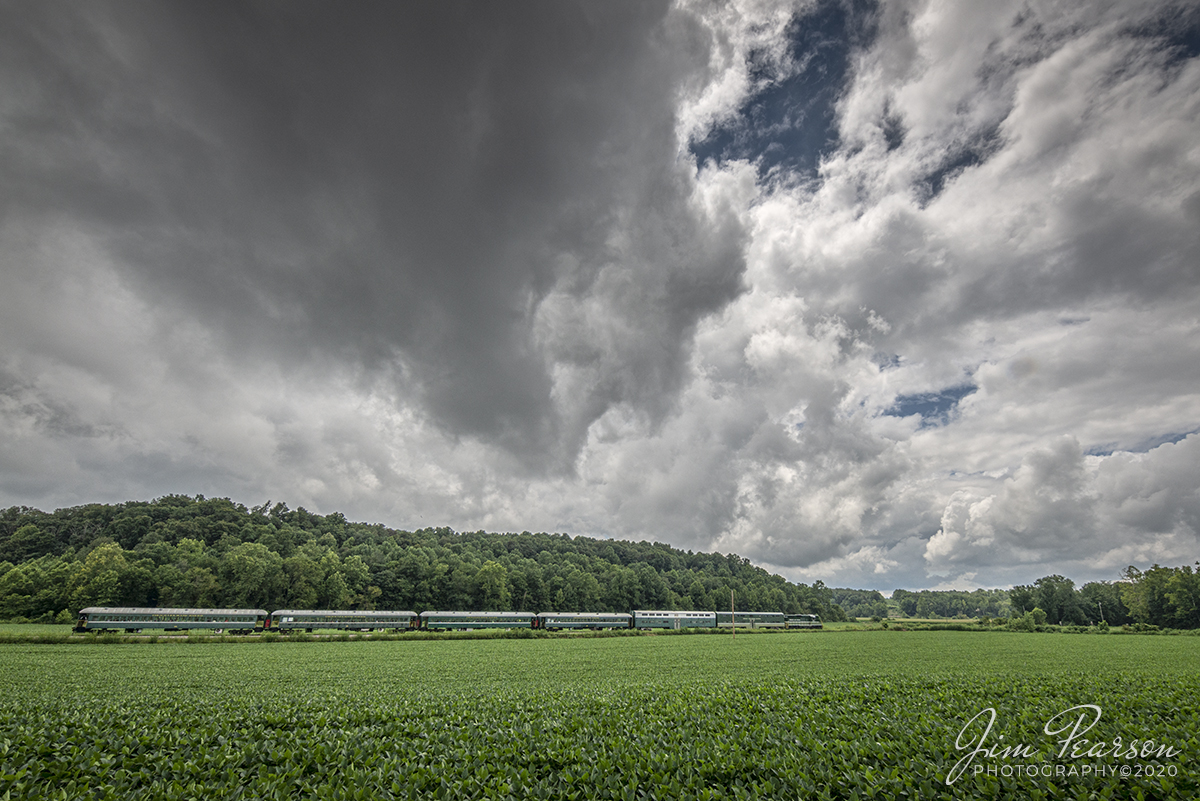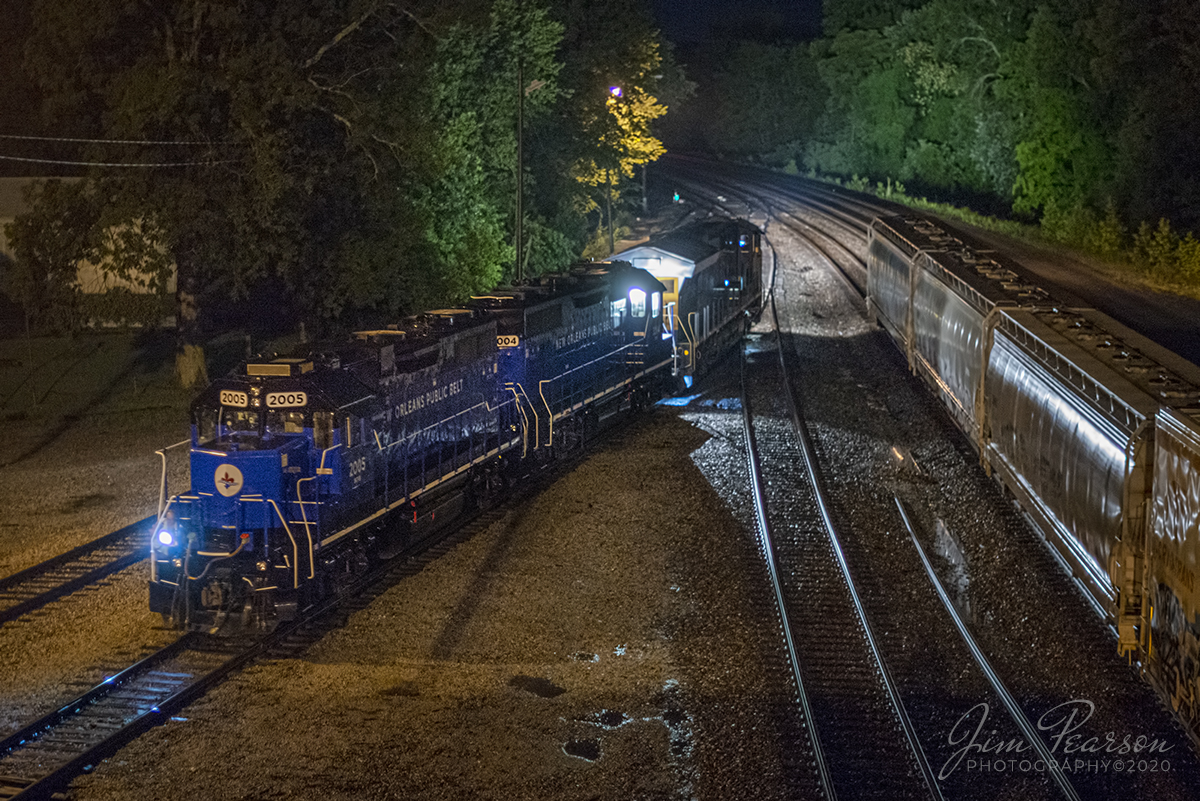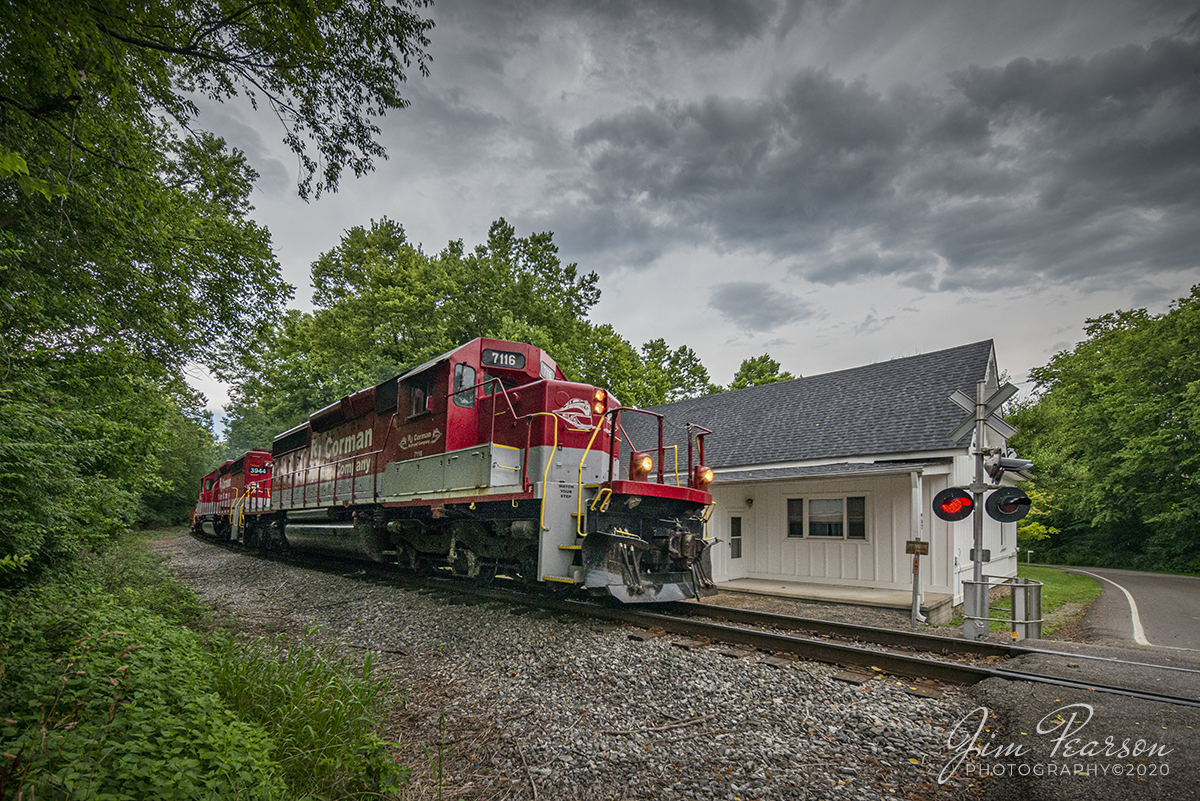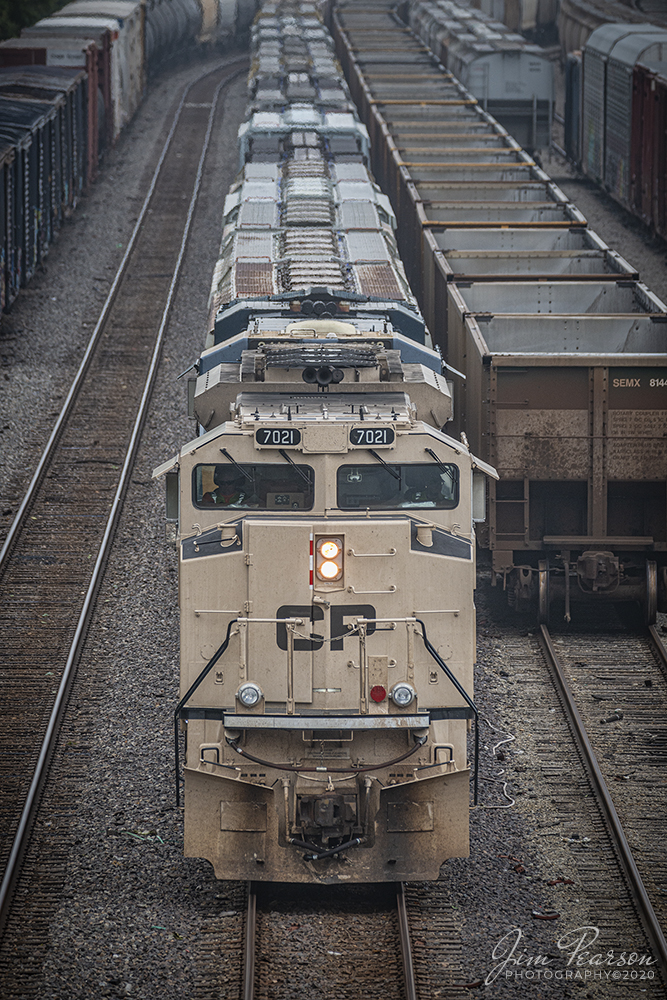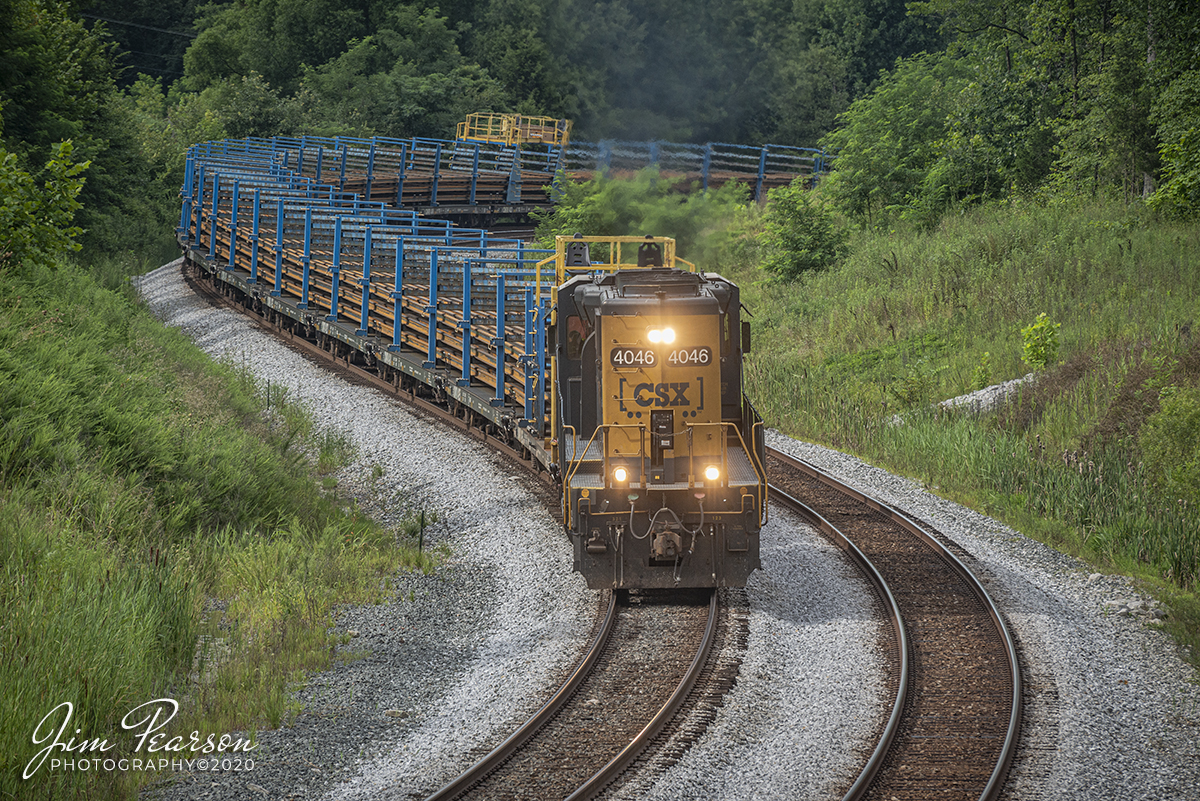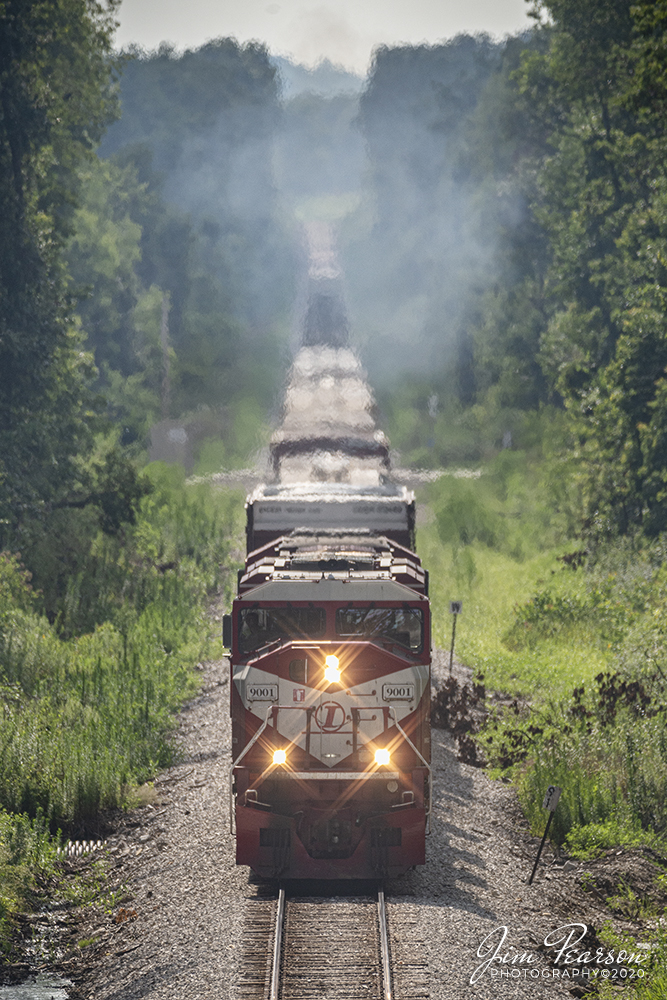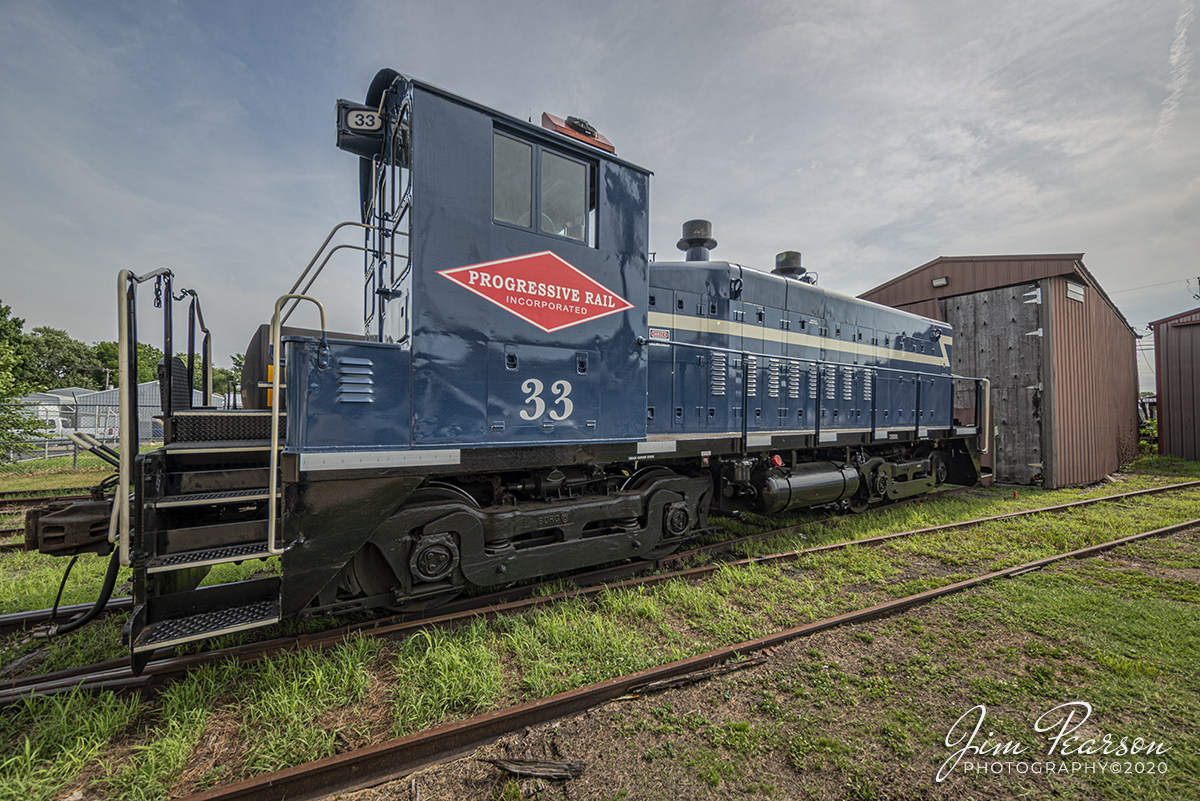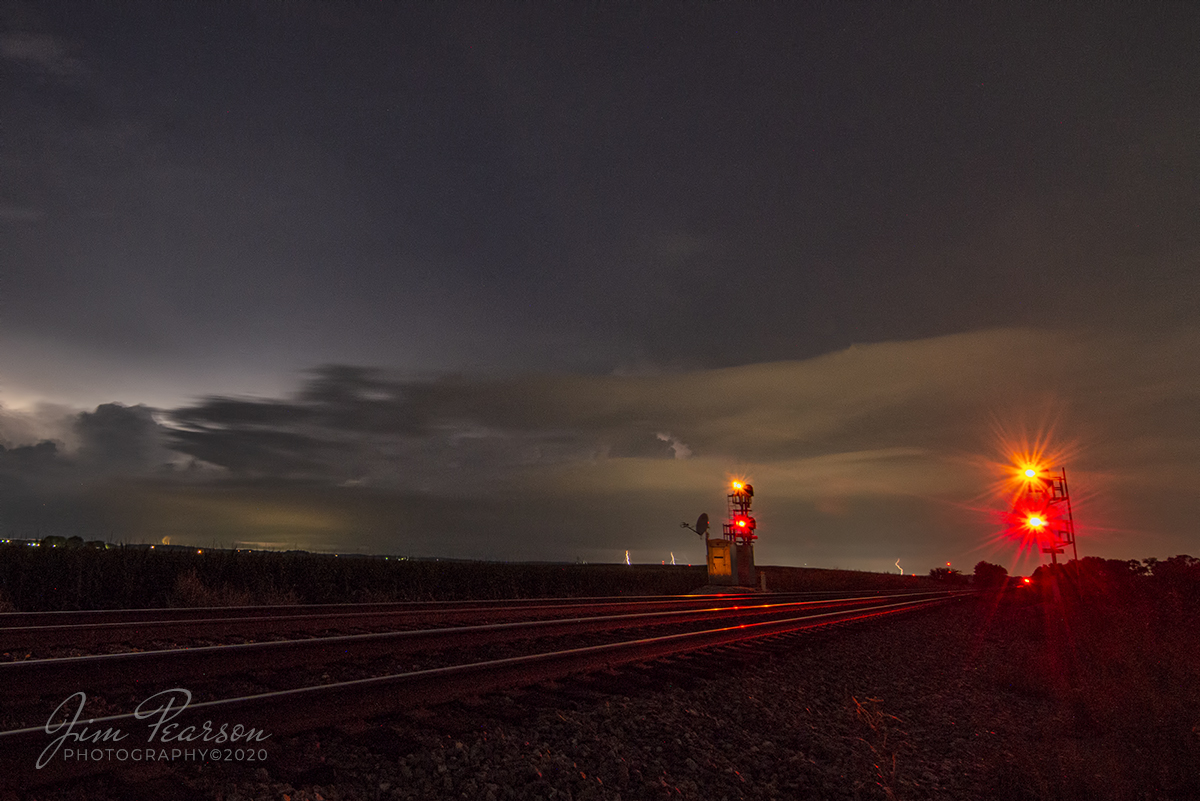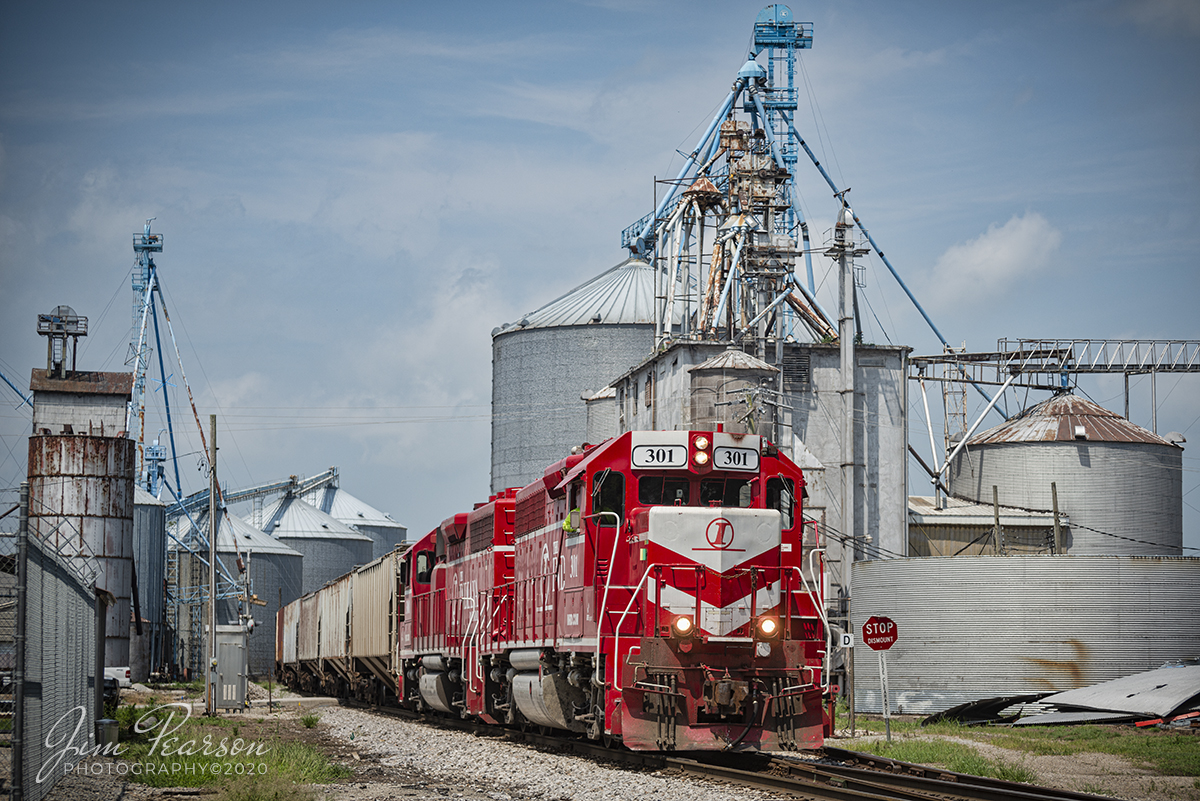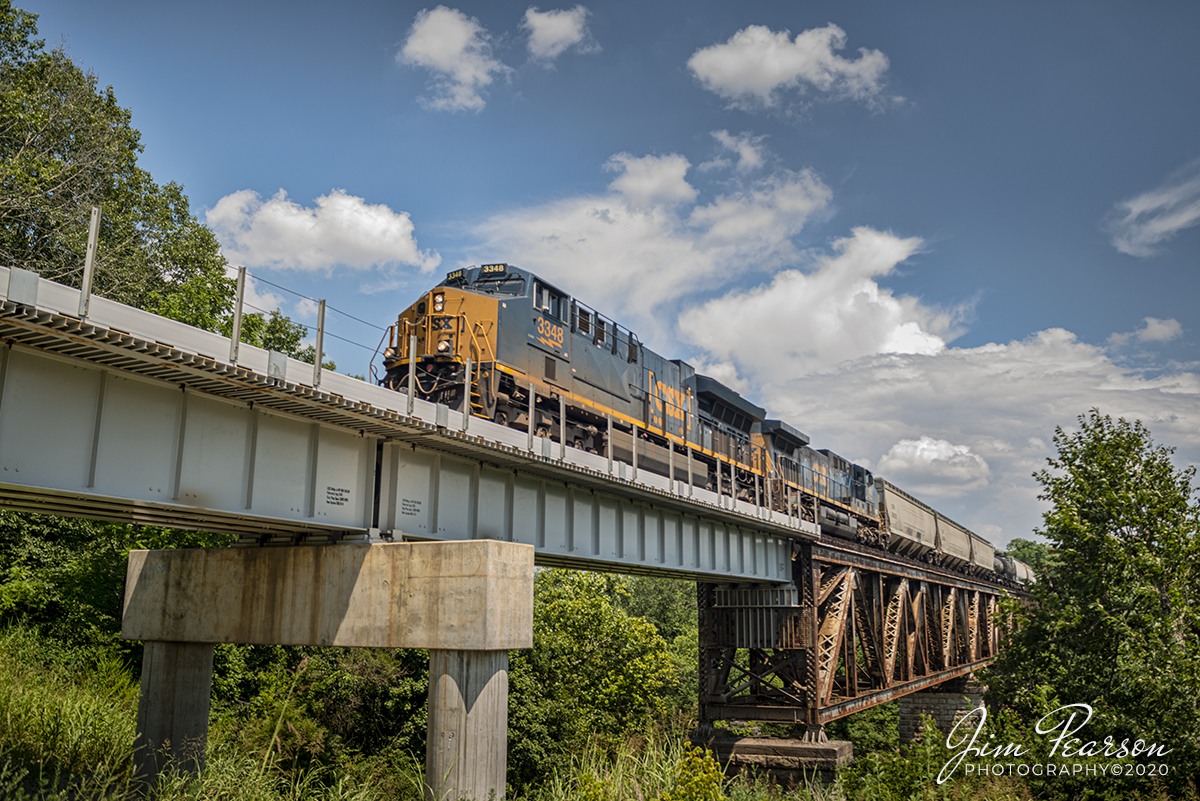August 3, 2020 – I originally set out to catch a local J009, which I’ve never heard of before through here, coming off the Morganfield Branch at Madisonville, Ky with 6,000ft of stored autoracks that was supposedly heading south on the Henderson Subdivision.
When I arrived at my planned shooting location at Mortons Junction in Mortons Gap, Ky my good friend and fellow rail enthusiast, Ricky Bivins came over to the car from his yard work asked if I was chasing the two “Unmolested SD40-2s and if I was then they went through about 10 minutes before!
Well, not being one that doesn’t ask questions when I don’t know the answer for sure, I asked him what he meant by Unmolested and that it wasn’t my original plan. He informed me that they were SD40-2s with their original cabs so I figured I should be able to get to the North end of Kelly siding before he got there and started the trip further south to catch it and then catch the J009 after it got there.
I got there in plenty of time to catch this shot of CSXT 8138 & 8821 leading CSX Q502 south on the main at the north end of Kelly, Ky along with a video clip of this and several other trains here, but not the elusive J009 with the autoracks!
The crew of a empty coal train pulled up into the siding and got off to chat with me and they said dispatch said they were waiting on a J009, so I figured I was going to get a nice meet between them! Well, it turns out the train that showed up was an loaded southbound coal train and after it the empty NB coal received a green!
So, determined to find the missing J009 I headed back north to Crofton, Ky thinking it’d be there in the siding to meet this NB train… nope, nothing, zip, nadda!!
Well, to make a long story short, I made my way back to Mortons Junction and never did find the missing autoracks, even after checking the sidings along the way. I figure it might have still been on the Earlington Cutoff, but decided that it wasn’t meant to be captured by my camera today and gave up! Some days are like that, but I will have a nice video clip of action at Kelly here in the next few days!
Tech Info: Full Frame Nikon D800, Irex 11mm, f/4, 1/1600, ISO 200.
